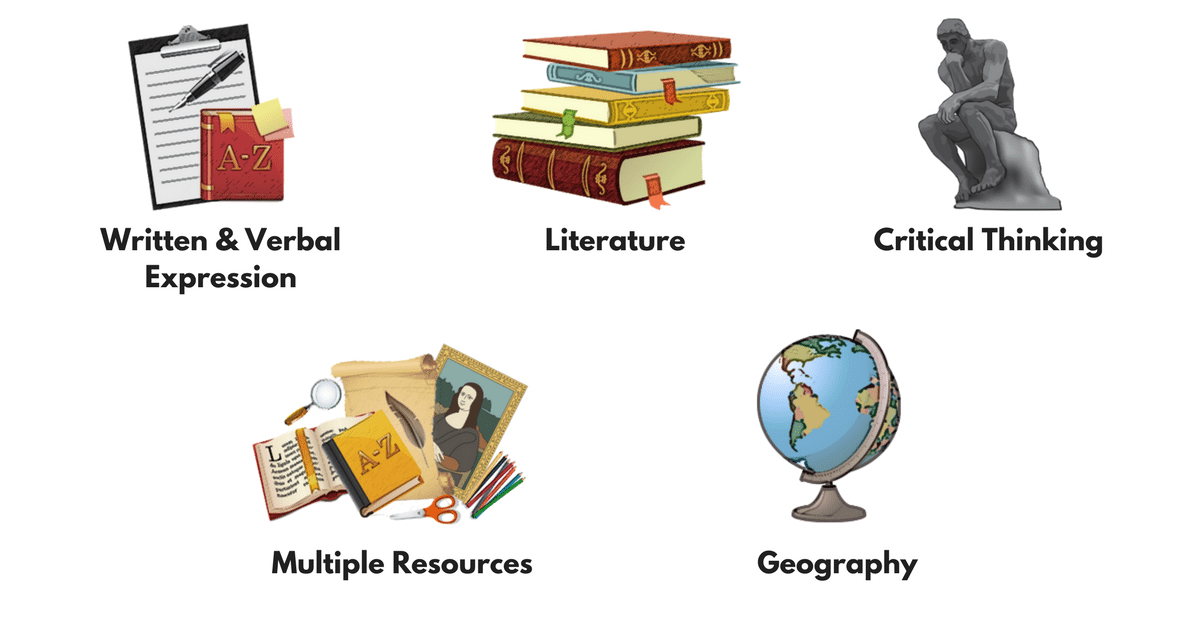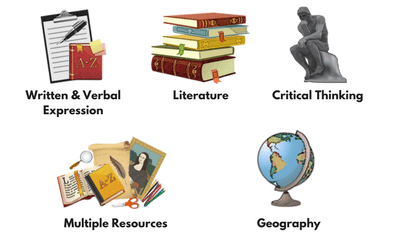Holistic History
I believe in the complexity of the human story, and that there’s no way you can tell that story in one way and say, “this is it.” Always there will be someone who can tell it differently depending on where they are standing . . . this is the way I think the world’s stories should be told: from many different perspectives.
—“Chinua Achebe: The Art of Fiction CXXXVIV,” interview by Jerome Brooks in The Paris Review, Issue #133 (Winter 1994-5)
History is traditionally taught through use of a single textbook. This method presents history as a linear, exact, and one-sided series of events when it is, in fact, a complex, subjective, and multifaceted discipline. In an attempt to portray objectivity, history textbooks inadvertently reveal the issue of subjectivity in history. Compartmentalizing history into a simple recounting of events actually highlights the subjectivity by presenting only one point of view, although there are almost certainly many perspectives. Teaching history in the common manner leads to many missed opportunities in education. Students need methods that allow them to explore this complexity, to learn how to think critically about history as presented, and learn to express themselves effectively.
A Comprehensive, Holistic Approach Is Best
The fact that history education is driven by points of view cannot be avoided. Every history lesson is shaped by the presenter’s interpretation of what happened, how it happened, and why students need to learn about it. Biases are often not obvious and may even be unintentional. But how could a simple list of historic facts contain bias? To understand this, it may help to consider which facts were included and which ones were excluded. Why were those decisions made? And what do we know of the motivation and background of the person or persons who created the list?
Is there a better way to teach history? How can the subjective nature of history be turned to an advantage as opposed to an inconvenience to avoid or ignore? How can history be used to encourage holistic thinking and the development of critical thinking skills rather than to impose linear thinking and political and social opinions on students?
The Five Elements of Teaching Holistic History
Students should learn how to examine multiple resources, read historically significant literature, develop and strengthen critical thinking skills, practice and refine written and verbal expression, and study world geography and its significance throughout the history of humankind. To do this, they should take a multidimensional approach history, and here are the elements of that approach.
- Use Multiple Resources for Holistic History
- Primary
- Secondary/historian
- Hands-on
- Read Literature
- Historic fiction
- Biographies
- Classic literature
- Employ Critical Thinking
- Inquiry
- Analysis
- Logical reasoning
- Evaluation
- Write and Present Research
- Written reports and summaries
- Oral reporting
- Interviewing
- Rhetoric
- Learn Geography
- The effect of geographical location on World and U.S. History
- Labeling and coloring regional maps
With these methods, your student will learn how to approach history with a critical eye towards comprehending and evaluating different points of view and developing a well-rounded view of history.
——–
Kate Johnson is owner of Pandia Press, a publisher of secular curriculum for private and home schools. Their History Odyssey courses are holistic history at its best! They are available for grade levels elementary – high school and range from ancient through modern history as well as American history. Pandia Press also publishes REAL Science Odyssey which includes biology, chemistry, astronomy, earth & environment, and physics.


